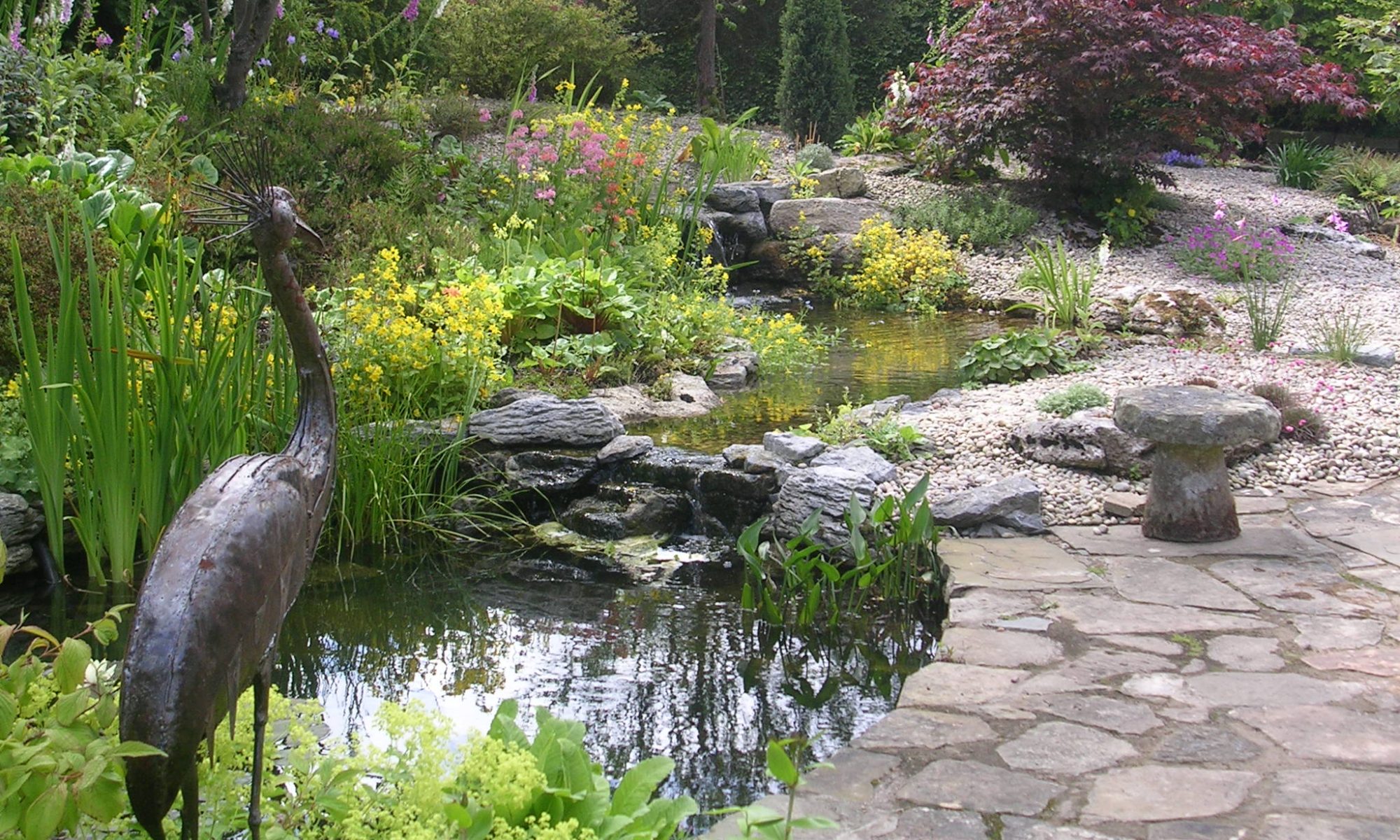Pruning of Ornamental Trees and Shrubs
Pruning of these specimen plants is aimed at keeping the plants healthy and vigorous in order to maintain or improve the beauty of flower and foliage. Annual or occasional cutting also restricts their size.
Little pruning is required for evergreen trees and shrubs. Old and leggy shoots that spoil the plants appearance should be removed in spring before growth starts. Most flowering heathers should have failed flower heads and stems removed. Shoots may be shortened at the same time.
Deciduous trees and shrubs do not all require annual pruning but those that do are divided into two groups:
- Shrubs which flower on previous seasons wood.
- Shrubs which bear their flowers on shoots made in the current year.
Before determining the correct time of pruning, it is essential to establish the growing and flowering habit of the tree or shrub. Shrubs in the first of these 2 groups generally flower at the same time as extension growth is being made and pruning should be delayed until after flowering. Many of the ornamental shrubs in this group tend to produce numerous twiggy growths unless old wood is regularly pruned.
Shrubs which flower on shoots of the current year such as buddlera davidii and spirea japonica may be cut hard back in early spring before growth begins. Established plants should have the previous seasons shoots pruned back to within a few buds of the base.
Young shrubs whether evergreen or deciduous seldom require pruning.
Looking after your Lawn
During the year your lawn needs to be looked after to make sure you get the best from it. Here is my monthly plan that I follow:
- January
Remove any accumulations of dead leaves and check the drainage. - February
Disperse worm casts regularly. Apply a moss killer in late Feb if the weather is settled. If still cold leave this until March. Top dress lightly if necessary towards the end of the month. - March
Remove debris. Mow with blade set high. Re-align ragged lawn edges. - April
Increase the frequency of mowing according to the weather and grass growth. Apply a spring feed in mid April. A few days after feeding, apply a weedkiller if necessary. Seed-in sparsely grassed areas. - May
In early May adjust the mower to the summer cutting height. From May onwards, irrigation may be added during dry spells. During mid to late May, apply a light dressing of a nitrogenous fertiliser. - June
Mow frequently. If patches of creeping weeds are troublesome, lightly scarify before mowing. Spike lightly, top dress and irrigate areas that are subjected to heavy wear. - July
Mow regularly, feeding lightly in early July. Apply weedkillers and irrigate as necessary. - August
Mow regularly. Give a final summer feed in mid to late August, followed by final weedkiller application. - September
Modify the cutting height of the mower towards the end of the month. Scarify, spike , top dress and seed in sparse patches. - October
Set the mower to its winter height and mow as the growth dictates during dry periods. Switch or brush early-morning dew. Spike and top dress if unable to do so to prevent accumulation of fallen leaves. - November
A final mow may be necessary. Do not attempt mowing in frosty conditions. - December
Continue with leaf clearance when necessary.

